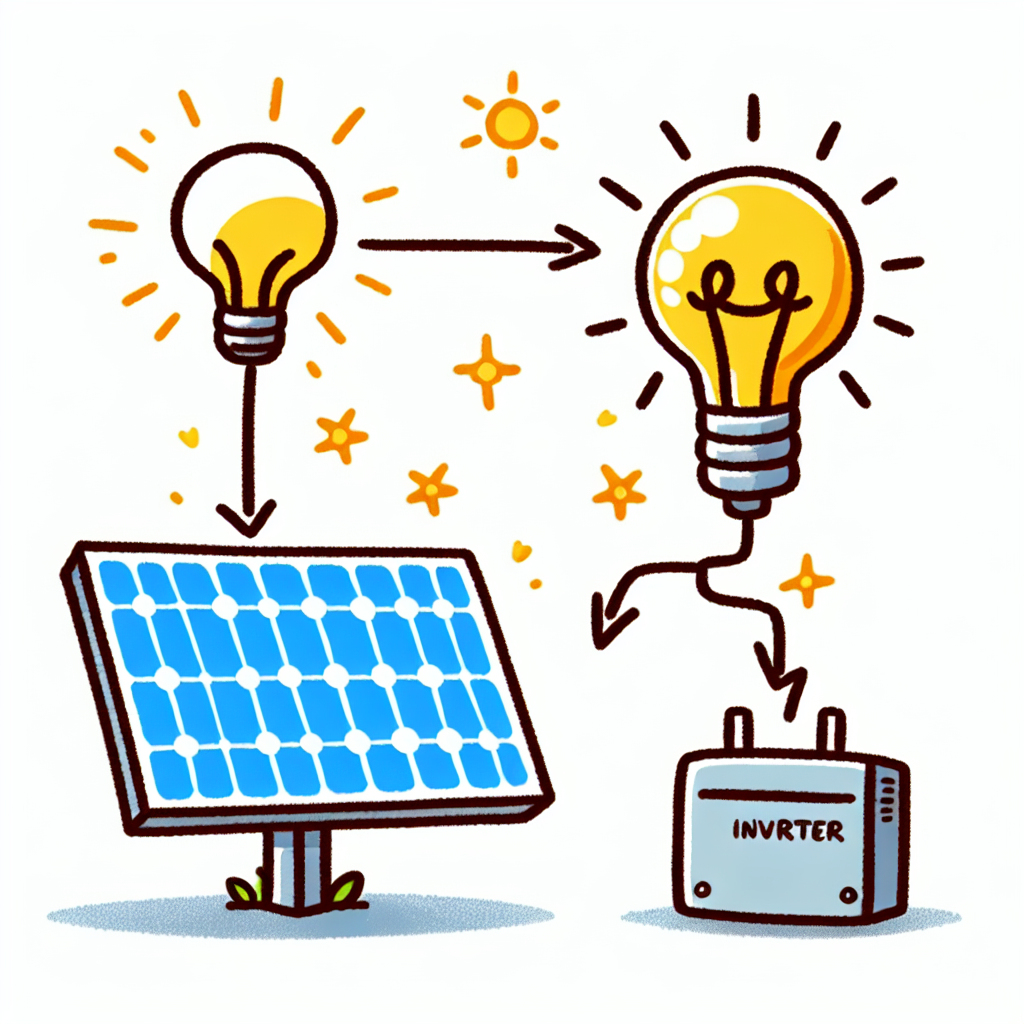If you are looking to harness the power of the sun, knowing how to connect a solar panel to an inverter is key. This process involves connecting your solar panels to a device that will convert the sun’s energy into usable electricity for your home or business.
Step-by-step Guide on How to Connect a Solar Panel to an Inverter
The first step in connecting your solar panel to an inverter is to ensure that the solar panel and the inverter are both turned off. This will prevent any electrical accidents during the installation process. Once everything is safely turned off, you can connect the DC output of the solar panel to the DC input of the inverter.
After the solar panel is connected to the inverter, it’s important to remember to ground the system. This will help protect your solar panels and inverter from any electrical surges or faults. With these steps, you can effectively connect solar panel to inverter.
Understanding the Solar Panel Connection to Inverter
A solar panel connection to an inverter can seem complicated, but it’s actually quite straightforward. The solar panel generates DC power, which the inverter then converts into AC power that can be used in your home. This is why it’s essential to connect the solar panel to the inverter correctly, as it allows you to harness the sun’s energy most effectively.
Choosing the Right Solar Panel and Inverter
When it comes to solar panel to inverter connections, choosing the right equipment is crucial. Make sure your solar panel and inverter are compatible with each other, and that they’re both able to handle the power requirements of your home or business.
Additionally, consider the quality of the solar panel and inverter. Higher quality equipment will not only last longer, but it will also be more efficient in converting the sun’s energy into electricity.
Conclusion
In conclusion, knowing how to correctly connect a solar panel to an inverter can help you effectively harness the sun’s energy. With the right equipment and a clear understanding of the process, you can start generating your own renewable energy.
Remember to always prioritize safety when installing solar panels and inverters. If you’re unsure about anything, don’t hesitate to consult with a professional.
In the end, connecting solar panels to an inverter is a worthwhile investment that can save you money and contribute to a more sustainable future.
For more information on solar panel installations and inverters, check out these additional resources:
